Quality Control Checklist Samples
-
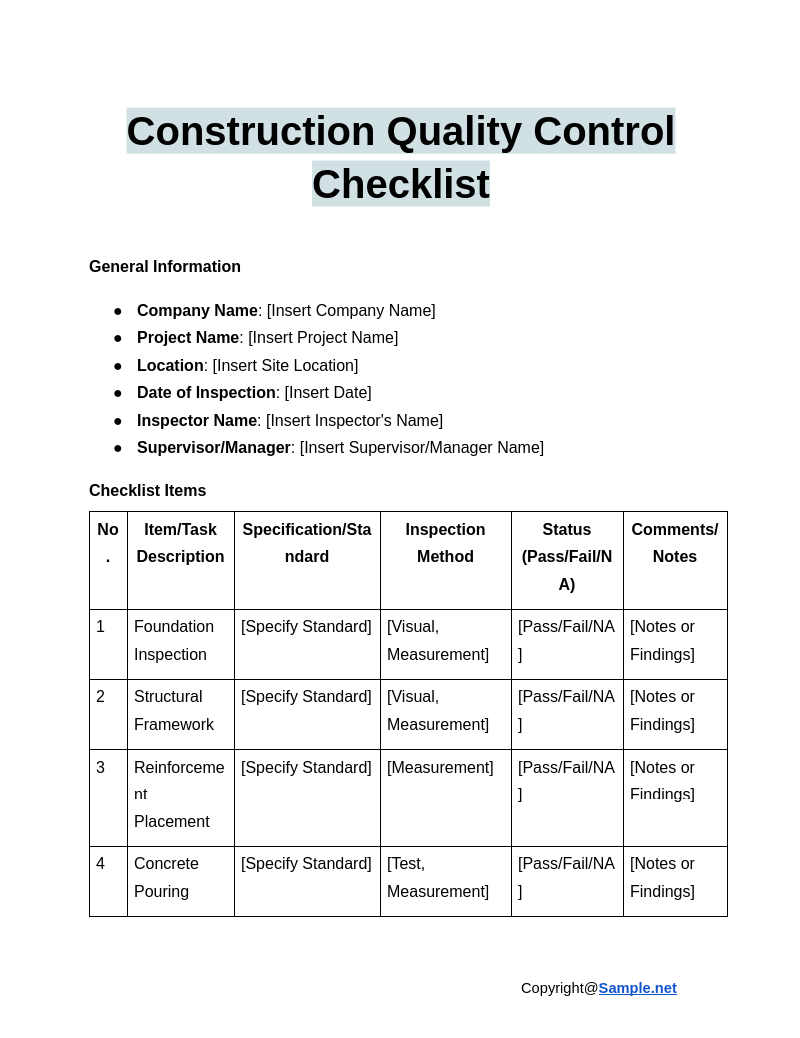
Construction Quality Control Checklist
download now -
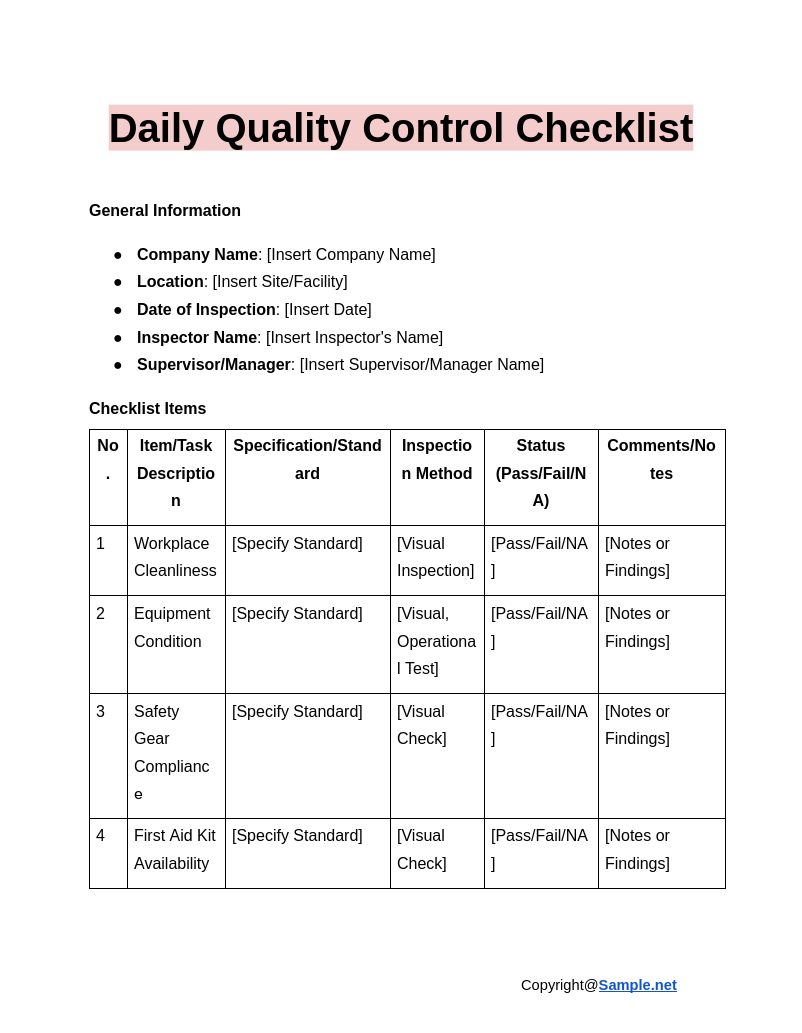
Daily Quality Control Checklist
download now -
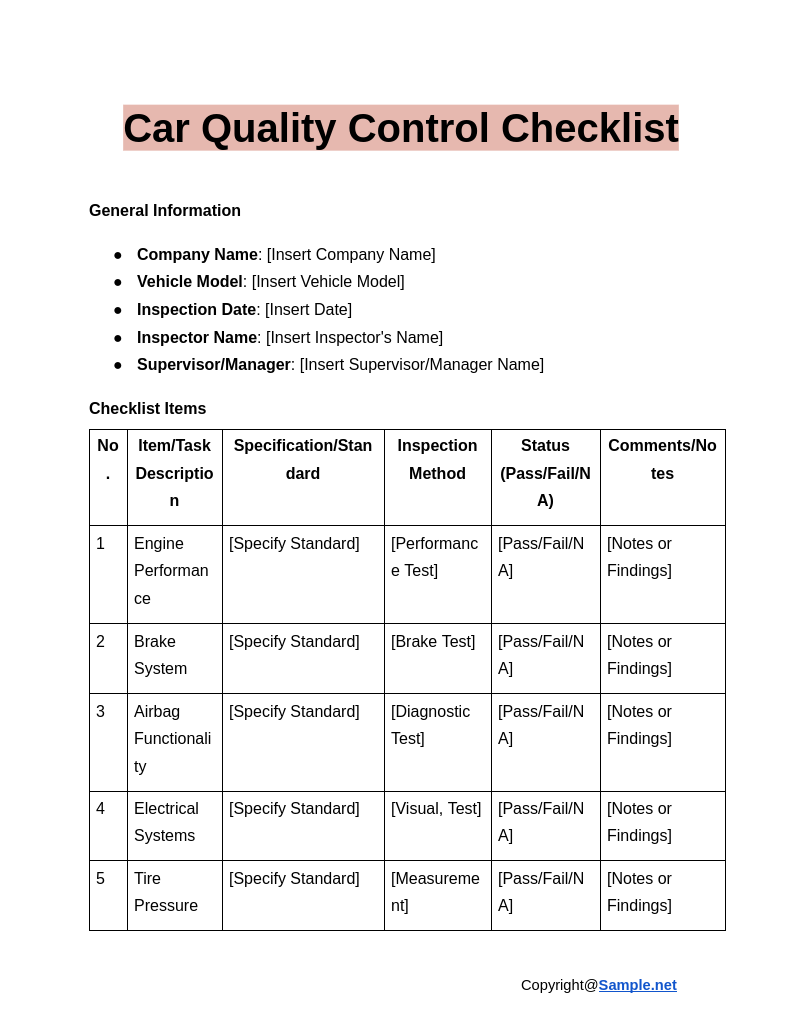
Car Quality Control Checklist
download now -
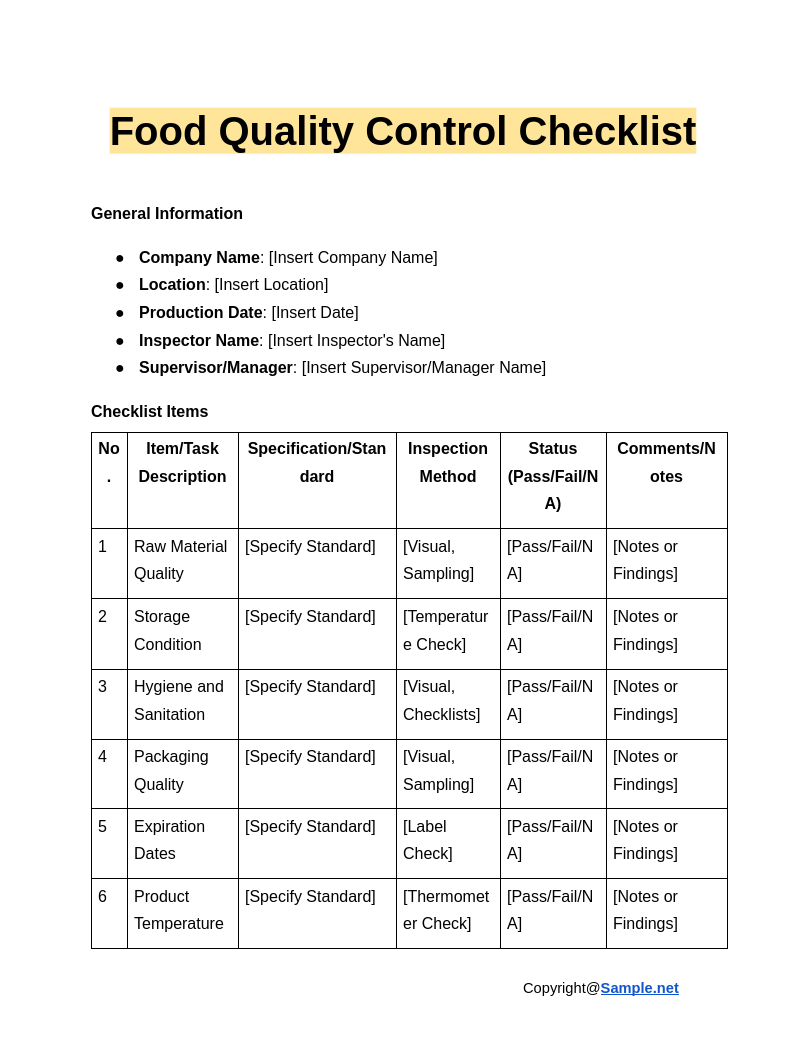
Food Quality Control Checklist
download now -
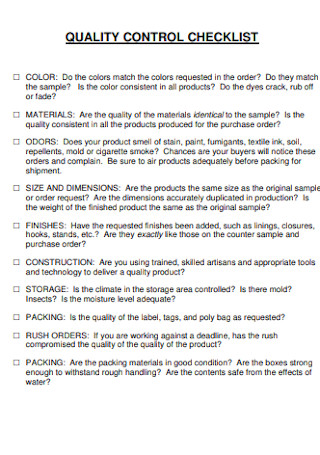
Sample Quality Control Checklist
download now -
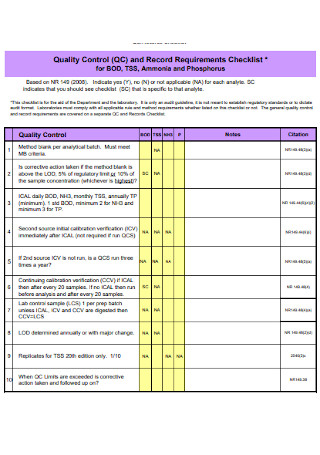
Quality Control and Record Checklist
download now -

Machining Quality Control Checklist
download now -
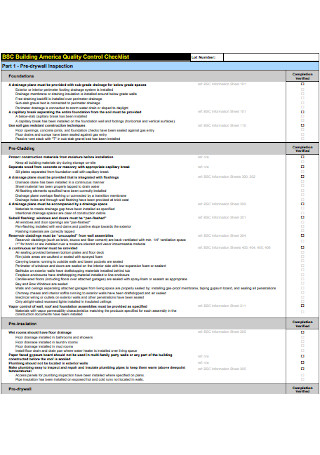
Building Quality Control Checklist
download now -
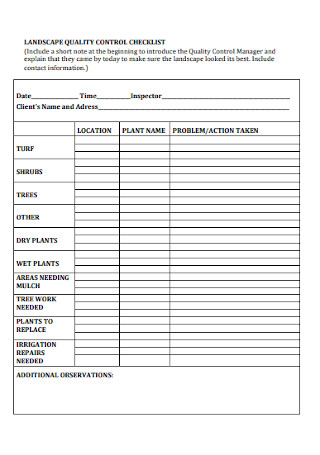
Landscape Quality Control Checklist
download now -
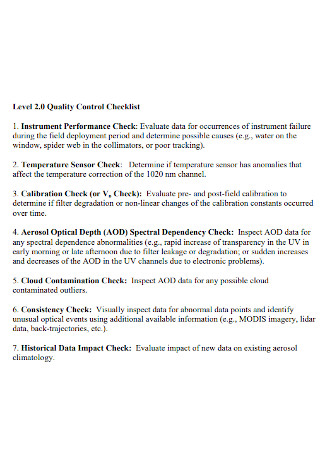
Quality Control Checklist Format
download now -
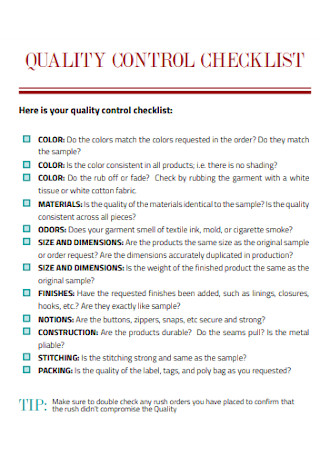
Simple Quality Control Checklist
download now -
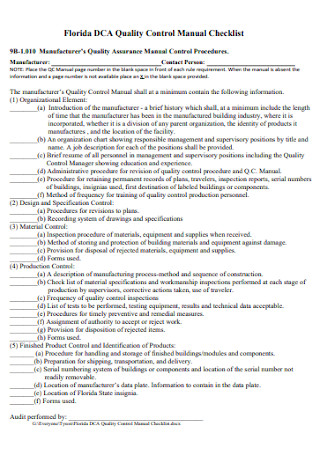
Quality Control Manual Checklist
download now -

Survey Quality Control Checklist
download now -

Quality Control Plan Checklist
download now -
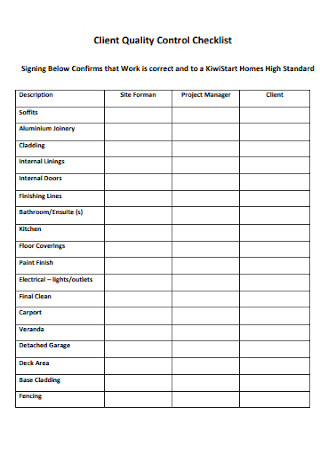
Client Quality Control Checklist
download now -
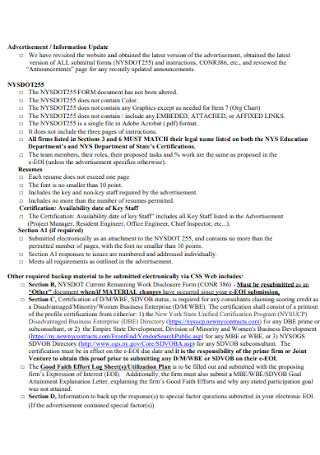
Certification Quality Control Checklist
download now -
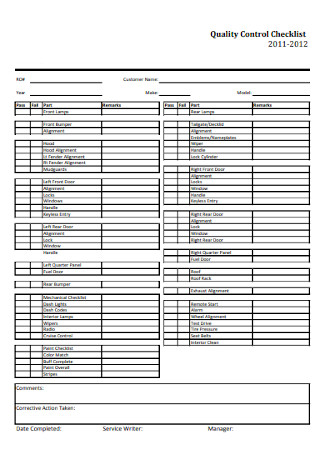
Siimple Quality Control Checklist
download now -
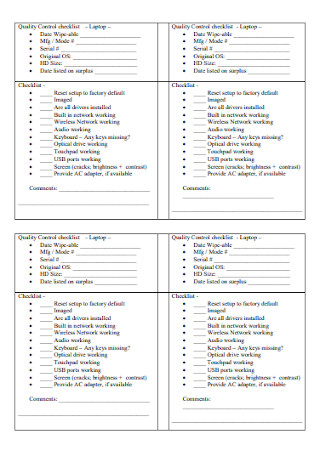
Basic Quality Control Checklist
download now -
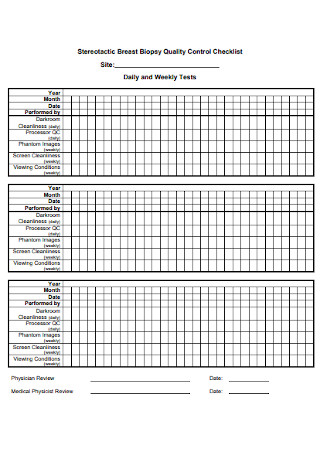
Breast Biopsy Quality Control Checklist
download now -
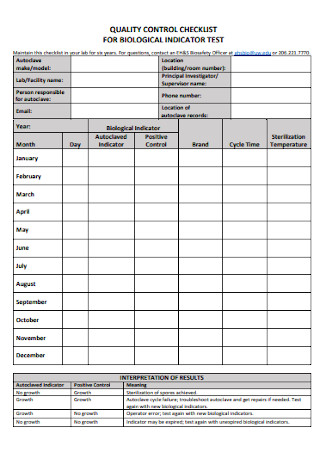
Quality Control Checklist for Biological Test
download now -
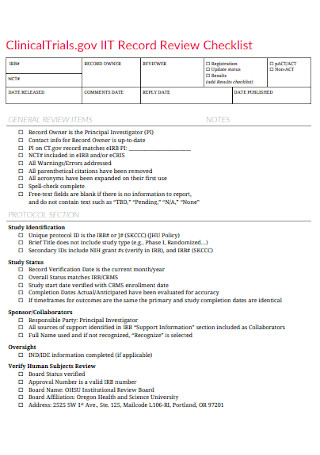
Clinical Quality Control Checklist
download now -
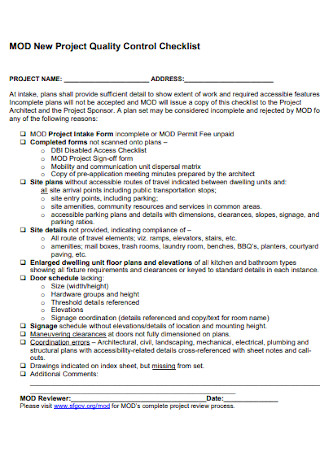
Project Quality Control Checklist
download now -
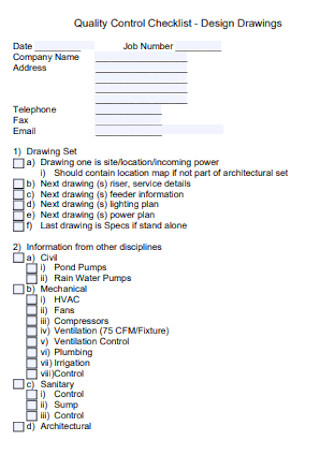
Drawings Quality ControlChecklist
download now -
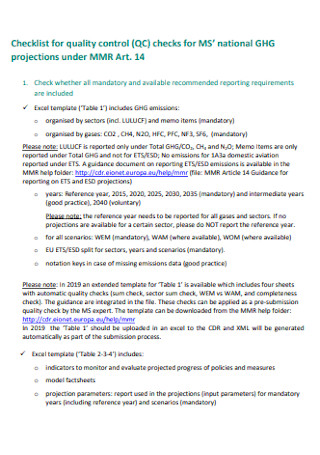
Formal Quality Control Checklist
download now -
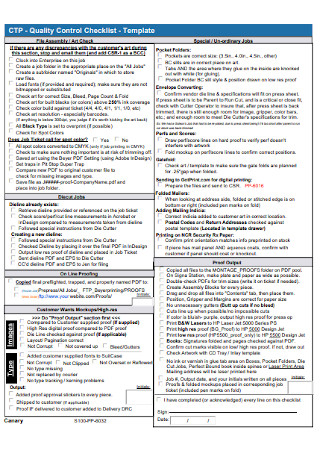
Standard Quality Control Checklist
download now -
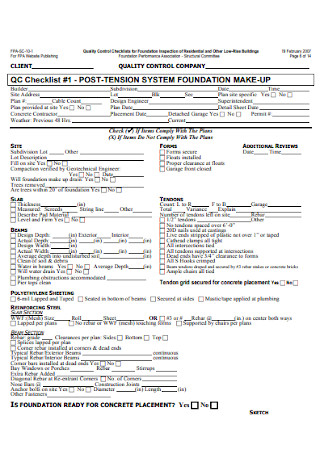
Company Quality Company Checklist
download now -
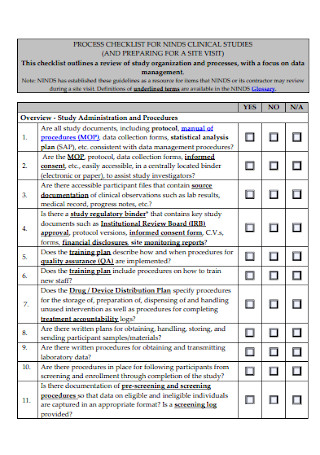
Study Quality Control Checklist
download now -
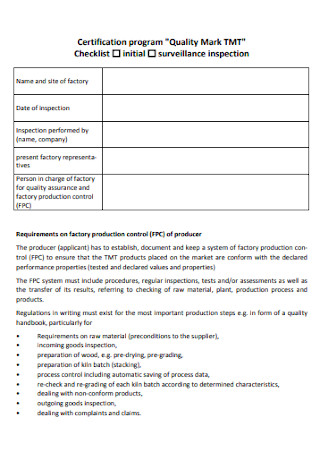
Program Quality Control Checklist
download now -
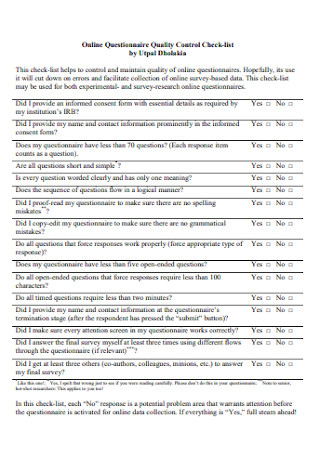
Questionnaire Quality Control Check-list
download now -

Email Quality Control Checklist
download now -
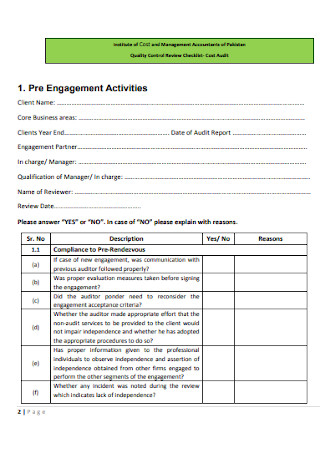
Quality Control Review Checklist
download now -

Project Survey Quality Control Checklist
download now -
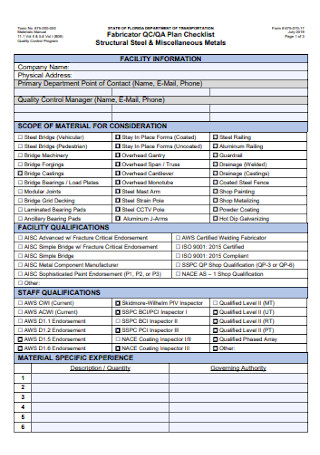
Quality Control Plan Checklist Template
download now -

Database Quality Control Checklist
download now -
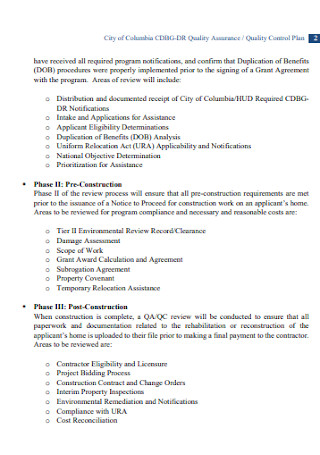
Quality Assurance and Control Checklist
download now -
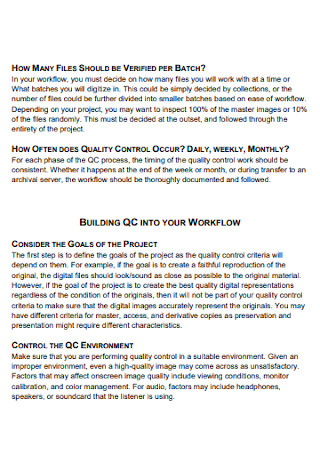
Building Quality Control Contract
download now
FREE Quality Control Checklist s to Download
Quality Control Checklist Format
Quality Control Checklist Samples
What is a Quality Control Checklist?
The Top Five Elements of a Quality Control Checklist
How to Make a Quality Control Checklist
FAQs
What are the common product requirements inspected in a QC checklist?
What are the common tests performed in a quality control inspection?
What are the types of quality control?
Where are Quality Control Checklists used?
How does a Quality Control Checklist help in reducing defects?
How often should a Quality Control Checklist be updated?
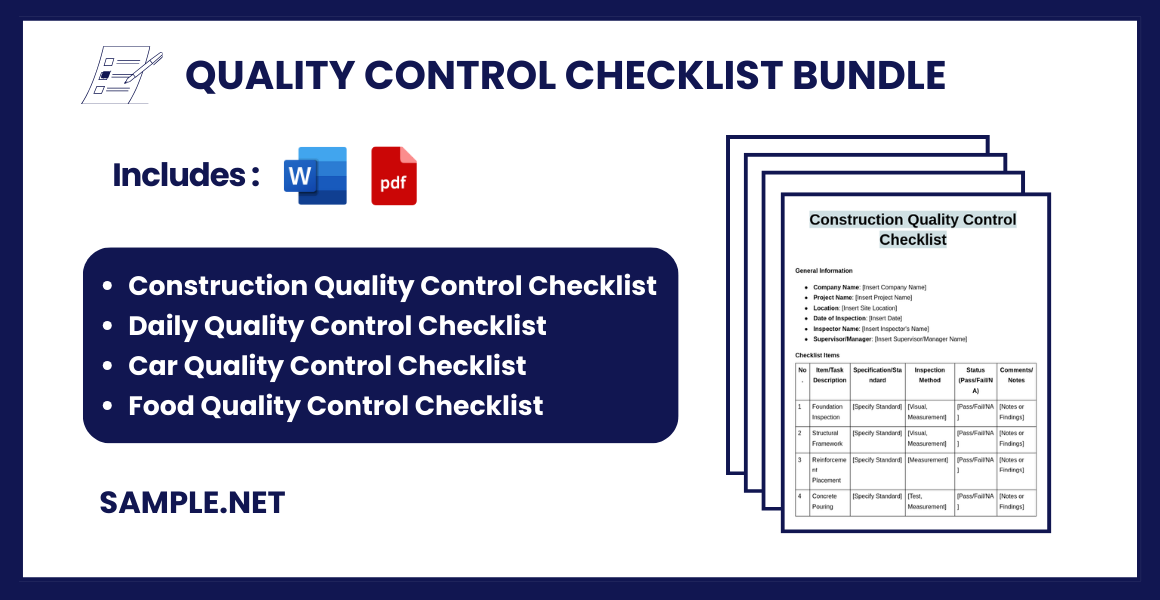
Download Quality Control Checklist Bundle
Quality Control Checklist Format
1. General Information
- Company Name: [Insert Company Name]
- Project/Task Name: [Insert Project Name]
- Location: [Insert Location]
- Date of Inspection: [Insert Date]
- Inspector Name: [Insert Inspector’s Name]
- Supervisor/Manager: [Insert Supervisor/Manager Name]
2. Checklist Items
| No. | Item/Task Description | Standard/Specification | Inspection Method | Status (Pass/Fail/NA) | Comments/Notes |
|---|---|---|---|---|---|
| 1 | [Describe Task/Item] | [Specify Standard] | [Visual, Testing, Measurement, etc.] | [Pass/Fail/NA] | [Notes or Findings] |
| 2 | [Describe Task/Item] | [Specify Standard] | [Visual, Testing, Measurement, etc.] | [Pass/Fail/NA] | [Notes or Findings] |
| 3 | [Describe Task/Item] | [Specify Standard] | [Visual, Testing, Measurement, etc.] | [Pass/Fail/NA] | [Notes or Findings] |
| 4 | [Describe Task/Item] | [Specify Standard] | [Visual, Testing, Measurement, etc.] | [Pass/Fail/NA] | [Notes or Findings] |
| 5 | [Describe Task/Item] | [Specify Standard] | [Visual, Testing, Measurement, etc.] | [Pass/Fail/NA] | [Notes or Findings] |
Note: Add or remove rows as needed.
3. Defects and Non-Conformance
| Defect ID | Description of Defect | Category (Critical, Major, Minor) | Root Cause | Corrective Action | Responsible Person | Completion Date |
|---|---|---|---|---|---|---|
| 1 | [Describe Defect] | [Critical/Major/Minor] | [Root Cause] | [Action to Correct] | [Name] | [Completion Date] |
| 2 | [Describe Defect] | [Critical/Major/Minor] | [Root Cause] | [Action to Correct] | [Name] | [Completion Date] |
| 3 | [Describe Defect] | [Critical/Major/Minor] | [Root Cause] | [Action to Correct] | [Name] | [Completion Date] |
4. Inspection Tools and Equipment Used
- Tool/Equipment Name: [Insert Name of Tool/Equipment]
- Calibration Date: [Insert Calibration Date]
- Tool/Equipment Condition: [Good/Fair/Requires Maintenance]
5. Quality Control Checklist Verification
| Inspector Name | Signature | Date |
|---|---|---|
| [Insert Name] | [Insert Signature] | [Insert Date] |
| Supervisor/Manager Name | Signature | Date |
|---|---|---|
| [Insert Name] | [Insert Signature] | [Insert Date] |
6. Notes and Recommendations
- [Insert any additional notes, suggestions, or remarks related to the inspection.]
What is a Quality Control Checklist?
A quality control (QC) checklist is a detailed document used as the criteria for an inspection checklist, and in business, it is often used for checking the quality of products and services such as monitoring if the product quality standards and requirements are actually met or not. A QC checklist is needed to prevent defective products or services that would bring a bad customer experience. Hence, it is a must-have tool for any organization in delivering top-notch quality in every aspect.
The Top Five Elements of a Quality Control Checklist

What makes a proper quality control checklist? In this segment, you will be introduced to the five main elements of a QC checklist including why they matter in the process.
How to Make a Quality Control Checklist

Quality control matters a lot in any business especially since it concerns a lot such as product requirements, sales, budget, and the target audience. Make sure to come up with an excellent quality control checklist that suits your business needs, and you may do so using the following steps:
Step 1: Research the Common Defects Expected in Your Industry
First things first, it helps to do research or get a background statement about the potential defects to be expected in the industry you’re working in. For example, a fashion doll manufacturing business may expect quality control issues related to poor doll joint articulation, balding of the doll’s hair, misprinted doll makeup, or loose buttons on the doll’s miniature clothes. The point here is that being alarmed about possible defects in the products you deal with helps you prepare on what aspects to ensure excellent product quality in your business; you can prevent QC issues before they would be noticed during an inspection.
Step 2: Edit a Free Quality Control Checklist Sample
Next, view all the sample quality control checklist templates in this article and optimize a free template of your choice. Each sample is easy to edit so you simply observe a few alterations to make the QC checklist your own. Then, you can personalize the content such as naming the quality control checklist with your company’s full name and contact list, inserting the unique criteria fitted to your quality standards, etc. Customize a sample QC control checklist now!
Step 3: Divide Your Checklist into Sections
A quality control checklist should be easy to follow and you can achieve that by arranging the details of your checklist into favorable sections. A simple reference would be the five elements of a quality control checklist, as previously tackled; meaning you divide the content of your checklist from the product requirements down to the collaboration section. You may also incorporate other parts to your QC checklist that you think are relevant to your business. You can also see more on Quality Control Plans.
Step 4: Collaborate with the QC Team
Remember that collaborating with quality control experts is standard in the whole quality assurance inspection. That means you should at least talk with suppliers, product examiners, or the entire QC department to meet objectives such as making sure the parts you want to be inspected include other essential parts that are recommended by experts. In fact, hearing out from the pros would let you learn how to apply highly effective methods for quality assurance and the same goes for correcting your QC checklist.
Step 5: Allocate a Checkbox per Criterion
Just like any type of task checklist, you can forget about the checkboxes. Each box is where you mark any step or criterion you have already done or checked. The standard is to put a checkbox beside each criterion and you may put options on whether the QC checklist item is a pass or a fail. You may include other average checklist elements too such as notes and the time and date.
Step 6: Conduct the Inspection on a Regular Basis
Finally, set a regular schedule on when to conduct quality control inspections of your products or services. Whether you opt for a quality control inspection on a yearly, monthly, or weekly schedule, what matters the most is you commit to a realistic and effective schedule to do inspections. Rest assured, those regular inspections would improve your business such as lessening the chances of defects in your product’s quality.
FAQs
What are the common product requirements inspected in a QC checklist?
In a quality control checklist, expect the product requirements section to inspect the material or construction, product measurements, color requirements, and labeling or markings.
What are the common tests performed in a quality control inspection?
Most quality control inspection reports perform the following essential tests: visual inspection, packaging and labeling, functional testing, physical requirements, barcode verification, packaging drop tests, and many other special tests depending on the type of product to test.
What are the types of quality control?
According to Investopedia, there are four basic types of quality control and these are the x-bar chart, six sigma, 100% inspection process, and the Taguchi method.
Where are Quality Control Checklists used?
They are used in manufacturing, healthcare, software development, construction, and other industries to ensure consistent product or service quality. You can also see more on Laboratory Audit Checklist.
How does a Quality Control Checklist help in reducing defects?
A Quality Control Checklist reduces defects by providing a systematic approach to inspections. By following predefined criteria, quality assurance teams can catch defects early, reducing rework and costs. Consistent use of the checklist ensures no critical steps are missed, leading to higher quality output. When problems are detected, corrective actions are taken immediately, preventing future defects.
How often should a Quality Control Checklist be updated?
A Quality Control Checklist should be updated regularly to reflect changes in processes, regulations, or quality standards. It should be reviewed whenever a new product, service, or process is introduced. Industry regulations may also necessitate updates. Consistent revisions ensure the checklist remains relevant and effective. Companies that regularly review and improve their checklists see better quality outcomes and fewer errors. You can also see more on Software Inspection Checklist.
